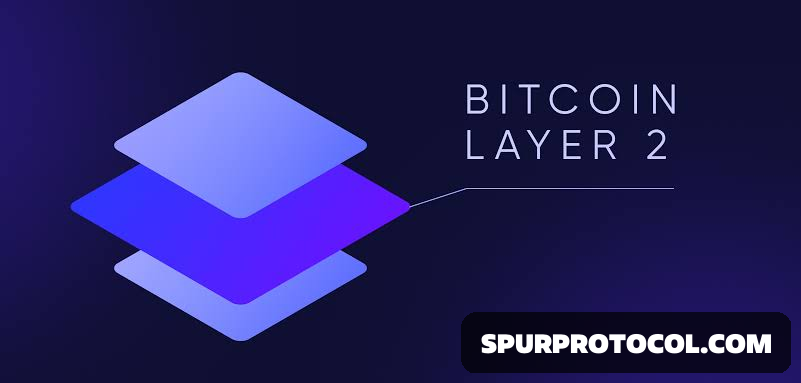What Is Bitcoin Layer 2
- Bitcoin Layer 2 (L2) refers to a secondary protocol built on top of the Bitcoin blockchain, designed to enhance scalability and improve transaction speed.
- It facilitates off-chain transactions, meaning the exchange happens outside of the main blockchain.
- This relieves congestion on the Layer 1 network and significantly reduces transaction fees
How Layer 2 Works
Let’s understand the working of a Bitcoin layer 2 project with a simple example.
- Imagine a group of friends in a restaurant. Each person can go to the counter and order their own food, being charged by the restaurant separately. Or, to make the process quicker, one person can order the food for the entire table with a single big transaction with the restaurant.
- By lowering the number of nodes or participants needed to validate transactions inside the layer 2 network, Bitcoin layer 2 solutions shorten the amount of time it takes to reach consensus.
- Periodically, all confirmed transactions on layer 2 of a Bitcoin network are bundled together and sent back to layer 1, where they are verified as a single huge transaction and included in the following block on the layer 1 chain.
Examples of Bitcoin Layer 2s
1. Lightning Network
- Launched in 2018, the Lightning Network uses state channels to enable microtransactions on top of the Bitcoin Layer-1.
- It facilitates fast and low-cost transactions by conducting multiple transactions off-chain and settling the opening and closing balances on the main blockchain.
2. Rootstock (RSK)
- Operating as a sidechain, Rootstock pioneered smart contracts on the Bitcoin blockchain.
- It allows users to send Bitcoin to the Rootstock network, where it becomes a locked-up smart Bitcoin (RBTC) in the user's RSK wallet, enabling faster and cheaper transactions.
3. Stacks Protocol
- This Layer-2 blockchain (formerly Blockstack) enables smart contracts and decentralized applications on the Bitcoin blockchain.
- Stacks utilizes microblocks for speed and a Proof-of-Transfer (PoX) mechanism, tying transactions to the Bitcoin blockchain.
4. Liquid Network
- Liquid Network is a Bitcoin Layer 2 sidechain that allows its users to move their bitcoins back and forth using a two-way peg mechanism.
- When BTC is transferred to the Liquid Network, it’s converted into Liquid BTC (L-BTC) at a 1:1 ratio. It also supports the issuance of tokens and other digital assets.
Benefits of Layer 2s
Top benefits of Bitcoin layer 2s include:
1. Layer 2 brings scalability to the mainnet, helping it handle hundreds and thousands of transactions per second, which is essential for reaching a mainstream audience.
2. These solutions reduce the cost of Bitcoin transactions, enabling micropayments.
3. Some Bitcoin layer 2s support the smart contract feature, unlocking DeFi use cases.
4. Some layers 2s, like ZKproofs, enhance privacy on Bitcoin, enabling confidential interactions.
5. Layer 2s allow Bitcoin to scale while maintaining the decentralization and security of the overall network.
Challenges of Layer 2s
1. Some layer 2s, such as the Liquid Network, can be considered centralized.
- While Bitcoin has thousands of nodes and miners distributed worldwide, Liquid runs within a closed system where 15 functionaries sign transactions and maintain the network.
- Most layer 2s have a small number of validators in comparison to Bitcoin.
2. While some layer 2s can offer the smart contract feature, it comes with very limited possibilities, and they don’t have any direct connection with the Bitcoin mainnet.
3. Layer 2s are considered the most suitable solutions to drive Bitcoin adoption, but in reality, they are too complex for non-tech-savvy Bitcoin users.
- Frequently, Bitcoin holders have to use risky bridges to access layer 2s.

